Great demand
Our country has a lot of potential and favorable conditions to develop tilapia farming, processing and exporting, especially when the world market is strongly increasing the demand for tilapia products. Currently, tilapia is strongly imported in many countries such as Israel, the United States, Canada, European countries... According to Mr. Nguyen Hoai Nam, General Secretary of VASEP, there are still many opportunities to expand the Vietnamese tilapia export market because the global demand for tilapia is increasing strongly. The global tilapia market reached a value of 10.6 billion USD in 2024 and is forecast to reach 14.5 billion USD in 2033. In 2024, global tilapia output reached 7 million tons, of which Vietnam reached more than 300,000 tons. Global tilapia production is expected to increase to 7.3 million tonnes this year due to growing demand for this fish, which is a rich source of protein and affordable, in line with consumers' healthy eating choices.
Harvesting tilapia raised in flood-season rice fields at a household in Phung Hiep district, Hau Giang province.
In the past, due to difficulties and the lack of proper attention to investment in developing the tilapia industry chain, our country's tilapia output and export value are still limited. However, tilapia exports have recorded many positive signals. Tilapia export turnover has continuously increased and our country's tilapia products are now present in many international markets. According to the Vietnam Association of Seafood Exporters and Producers (VASEP), our country's tilapia and red tilapia export turnover in 2024 reached over 41 million USD, an increase of 137% over the previous year, of which tilapia exports reached over 27.8 million USD. In the first quarter of 2025, tilapia and red tilapia export turnover continued to increase by more than 130% over the same period, reaching nearly 14 million USD. Of which, the US market accounted for 46%, with more than 6.3 million USD and the Russian market accounted for 13% with nearly 1.8 million USD. Next were the markets of Belgium, Korea, Japan, Mexico, Taiwan (China), Puerto Rico, Cameroon, Dominica, England, Malaysia, Germany, Colombia and Saudi Arabia.
To develop sustainable exports
Vietnam has many favorable natural conditions and climate for raising tilapia, especially in the Mekong Delta region with a large water surface area, with more than 3,300 hectares, which is ideal for raising tilapia. Tilapia can withstand high concentrations of salt water, so they can be raised in both fresh and brackish water areas. The tilapia farming cycle is relatively short, with a farming time of about 5-6 months, the fish can reach a weight of 600-800 grams/fish. With the application of advanced and cost-saving farming techniques, our country has had and continues to have favorable conditions in improving productivity and product quality to be highly competitive in the international market. However, the development of tilapia farming and export in our country still faces difficulties due to weaknesses in the stages of seed production, feed and product processing and preservation development. The connection between the parties is still "loose", the price of fish purchases often fluctuates, so farmers are not confident in sticking with tilapia and large-scale concentrated farming areas have not yet been formed. Faced with this reality, many experts and businesses believe that our country needs to promptly improve and reorganize production in the direction of strengthening chain linkages to develop sustainable farming and export. Pay attention to investing in research on high-quality and disease-resistant breeds associated with the development of animal feed production to avoid dependence on imported feed sources and improve the ability to process and preserve products, diversifying deeply processed products.
Mr. Pham Thanh Trung, Deputy General Director of Nong Lam Vina Company, said: "We have participated in raising tilapia and are currently a feed supplier for households and tilapia farming areas in Ba Ria - Vung Tau. Through actual production, it shows that the most difficult thing for tilapia farmers today is that the output price of the product is not stable because there is a lack of enterprises to purchase. The authorities need to pay attention to support, create connections and links between farming ponds and processing factories, create a good supply chain, only then can we develop exports, otherwise farmers will only raise and sell small-scale products...". Mr. Nguyen Tan Nhon, Deputy Director of the Department of Agriculture and Environment of Can Tho City, said: "It is necessary to promote the leading role of enterprises in building the tilapia value chain, thereby coordinating well with households to build and develop farming areas and closely link with the stages of seed production, feed, etc. to organize production. Thereby, developing tilapia farming and processing to ensure standards and quality to meet the requirements of the export market". According to Dr. Nguyen Van Tien, Head of the De Heus Global Aquaculture Development Research Group, in the coming time, central and local authorities need to pay attention to developing tilapia into Vietnam's key aquatic product after brackish water shrimp and tra fish. Pay attention to developing production based on expanding product consumption markets, focusing on developing export markets as a driving force for development. Organize production in accordance with each region, ensuring the harmony of interests between stages in the product value chain, in accordance with natural conditions, socio -economic conditions, and processing capacity of each locality. Encourage economic sectors to participate in research, development of production, processing, and expansion of export markets.
In Vietnam's Aquaculture Development Strategy to 2030, with a vision to 2045, tilapia is one of the potential products encouraged for development. According to Mr. Tran Dinh Luan, Director of the Department of Fisheries and Fisheries Control under the Ministry of Agriculture and Environment, in recent years, Vietnam has had many positive signs in tilapia exports, with increased farming areas and farming output of over 310,000 tons/year. However, the tilapia industry is also facing many ups and downs. Relevant parties need to pay attention to coordinating and finding ways to exploit the potential and advantages of the tilapia industry by diversifying products and markets. To do this, it requires farmers, businesses, and industry associations to calculate connections, build a Vietnamese tilapia brand, and dominate the market.
Article and photos: KHANH TRUNG
Source: https://baocantho.com.vn/xuat-khau-ca-ro-phi-nhieu-tiem-nang-a185752.html


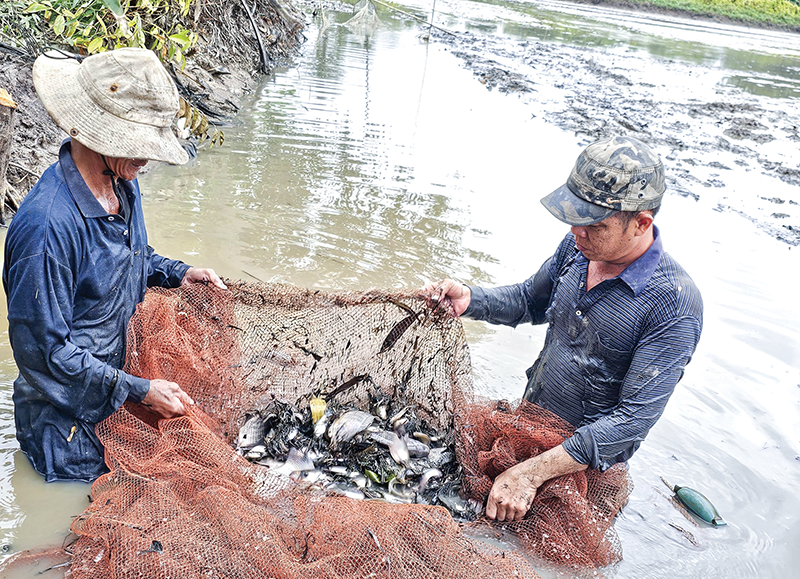
![[Photo] Readers line up to visit the photo exhibition and receive a special publication commemorating the 135th birthday of President Ho Chi Minh at Nhan Dan Newspaper](https://vphoto.vietnam.vn/thumb/1200x675/vietnam/resource/IMAGE/2025/5/17/85b3197fc6bd43e6a9ee4db15101005b)
![[Photo] More than 17,000 candidates participate in the 2025 SPT Competency Assessment Test of Hanoi National University of Education](https://vphoto.vietnam.vn/thumb/1200x675/vietnam/resource/IMAGE/2025/5/17/e538d9a1636c407cbb211b314e6303fd)


![[Photo] Prime Minister Pham Minh Chinh chairs meeting on science and technology development](https://vphoto.vietnam.vn/thumb/1200x675/vietnam/resource/IMAGE/2025/5/17/ae80dd74c384439789b12013c738a045)

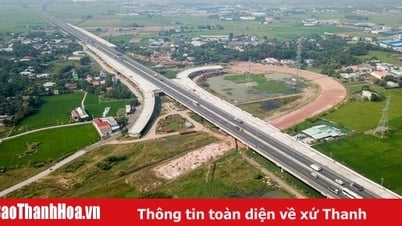





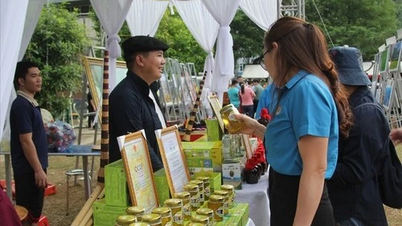



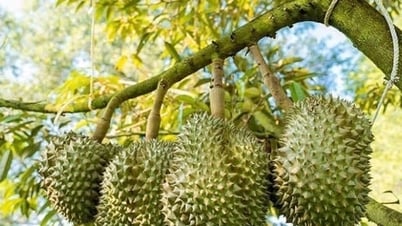









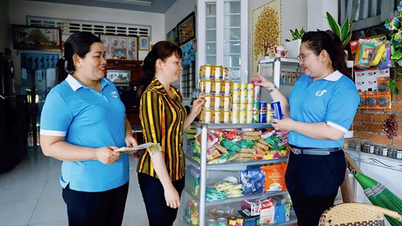
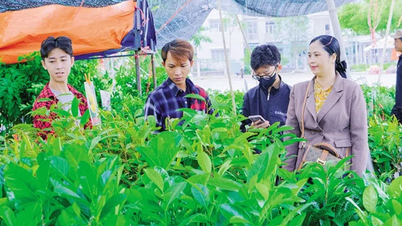
![[Photo] Nearly 3,000 students moved by stories about soldiers](https://vphoto.vietnam.vn/thumb/1200x675/vietnam/resource/IMAGE/2025/5/17/21da57c8241e42438b423eaa37215e0e)




































































Comment (0)